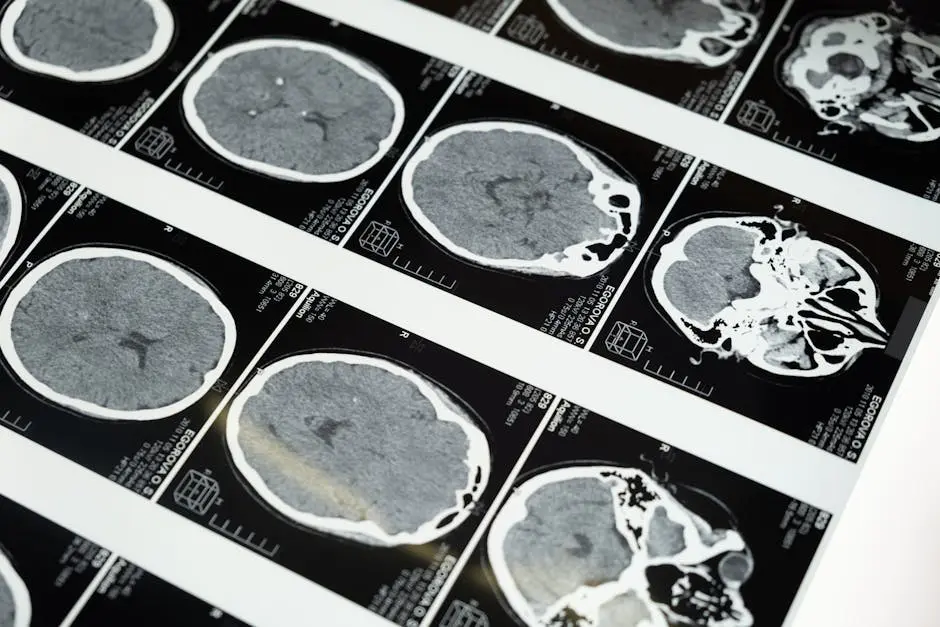Our Blog
How Can Early Detection of Choledochal Cyst Pathology Improve Outcomes?
April 12, 2025
Early detection of choledochal cyst pathology is crucial for improving patient outcomes. Understanding the role of timely diagnosis can lead to effective treatment strategies and better quality of life. This blog will explore the importance of recognizing the signs, the diagnostic methods available, and the potential outcomes of early intervention.
Understanding Choledochal Cysts
Learn what choledochal cysts are, their types, and how they can affect the biliary system.
Choledochal cysts are congenital dilations of the bile duct, which can lead to a host of complications if left untreated. They are classified into different types, each with its nuances. While some may exhibit mild symptoms, others can cause significant issues, such as bile duct obstruction.
Understanding the anatomy of choledochal cysts is vital. These cysts can occur anywhere along the biliary tree, but they are most commonly found in the extrahepatic portion. As these cysts grow, they can compress surrounding structures and lead to infection or pancreatitis.
The origins of choledochal cysts remain a mystery in medical science, but what is clear is that early awareness and diagnosis can significantly change the patient’s health trajectory. By familiarizing ourselves with their implications, we can foster proactive health practices.
Symptoms to Watch For
Discover common symptoms associated with choledochal cysts that may indicate the need for medical evaluation.
Symptoms of choledochal cysts can vary widely, often leading families to wonder when to seek help. Key signs include jaundice, abdominal pain, and fever. If your child experiences any of these, it may be time for a medical evaluation.
In infants, symptoms may present as poor feeding or irritability, which can easily be mistaken for typical newborn issues. It’s crucial to remain vigilant; identifying these symptoms early can determine the future success of treatment options available.
Awareness goes hand-in-hand with action. Beyond the immediate symptoms, some children may also experience complications leading to serious issues like cholangitis. This bacterial infection can further complicate matters and prolong recovery, emphasizing the need for careful monitoring.
Diagnostic Methods Used
Explore the various imaging techniques and tests that can help identify choledochal cysts early.
For a precise diagnosis, healthcare providers employ several imaging techniques to inspect the biliary system. Ultrasound is usually the first step, taking advantage of its non-invasive nature and effectiveness in revealing cysts.
If further investigation is needed, Magnetic Resonance Cholangiopancreatography (MRCP) is a fantastic next step. This advanced imaging technique provides a detailed view of the biliary tree, highlighting even small anomalies that might be missed with ultrasound.
Sometimes, Endoscopic Retrograde Cholangiopancreatography (ERCP) might be utilized, especially if there’s a need for intervention. This method not only confirms the diagnosis but also allows clinicians to treat blockages on the spot, presenting a significant advantage.
Benefits of Early Detection
Understand how early detection can lead to reduced complications and improved treatment options.
While the phrase ‘early detection saves lives’ tends to be overused, in the context of choledochal cysts, it holds true. By identifying these abnormalities early, we can drastically reduce the risk of complications like pancreatitis and cholangitis.
Moreover, early detection allows for a range of treatment options that may not be feasible if the cyst grows too large. When caught early, surgical interventions can be more straightforward, less invasive, and yield positive long-term outcomes.
Families often report emotional relief after early diagnosis, knowing that proactive steps can help ensure a healthier future for their children. It becomes clear that the benefits extend beyond just physical health; peace of mind is invaluable.
Treatment Options Available
Review the available treatments for choledochal cysts and how early intervention can affect the approach.
Treatment for choledochal cysts often requires surgical intervention, with the most common procedure being excision of the cyst and reconstruction of the bile duct. When performed early, these surgeries tend to have lower complication rates and better success stories.
In some instances, less invasive approaches may be suitable, particularly in younger children. Regular monitoring can lead to successful management without the need for immediate surgery, emphasizing the importance of ongoing medical evaluation.
Each treatment plan is tailored uniquely depending on the patient’s age, overall health, and the cyst’s characteristics, showing the tailored care these patients receive. Understanding that every child is different allows for greater flexibility and better care tailored to individual needs.
Patient Stories and Outcomes
Read real-life experiences of patients whose outcomes improved due to early detection of choledochal cysts.
Take the story of Maria, who was diagnosed with a choledochal cyst at just six months old. Thanks to early detection, Maria underwent a successful surgery, enabling her to live a fulfilled life, free from complications related to the cyst.
Consider Tim, whose symptoms were initially brushed off as typical childhood ailments. Once the true nature of his condition was revealed, his family was grateful for early intervention that allowed him to return to school and play without concern for his health.
These stories resonate deeply with families facing similar challenges. They serve as powerful reminders that with prompt medical attention, amazing outcomes are possible, proving the significance of early detection of choledochal cyst pathology.
Wrapping Up: The Power of Early Detection
In summary, the early detection of choledochal cyst pathology plays a significant role in ensuring better patient outcomes. By staying informed about this condition and the importance of timely diagnosis, healthcare professionals and families can work together to provide the best care possible.
